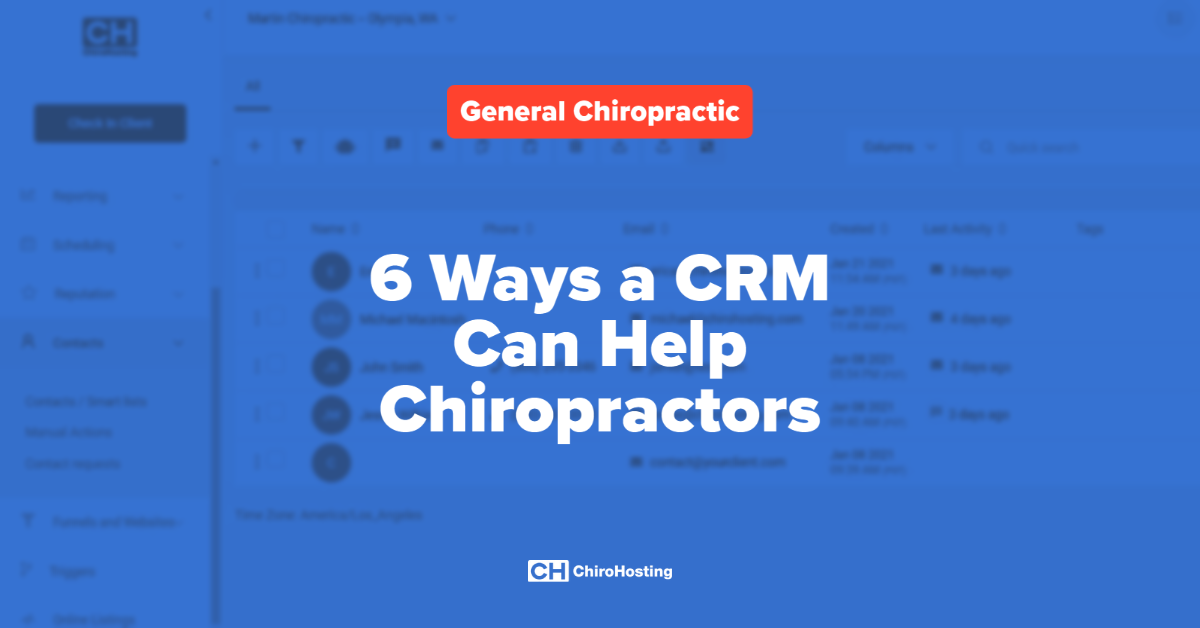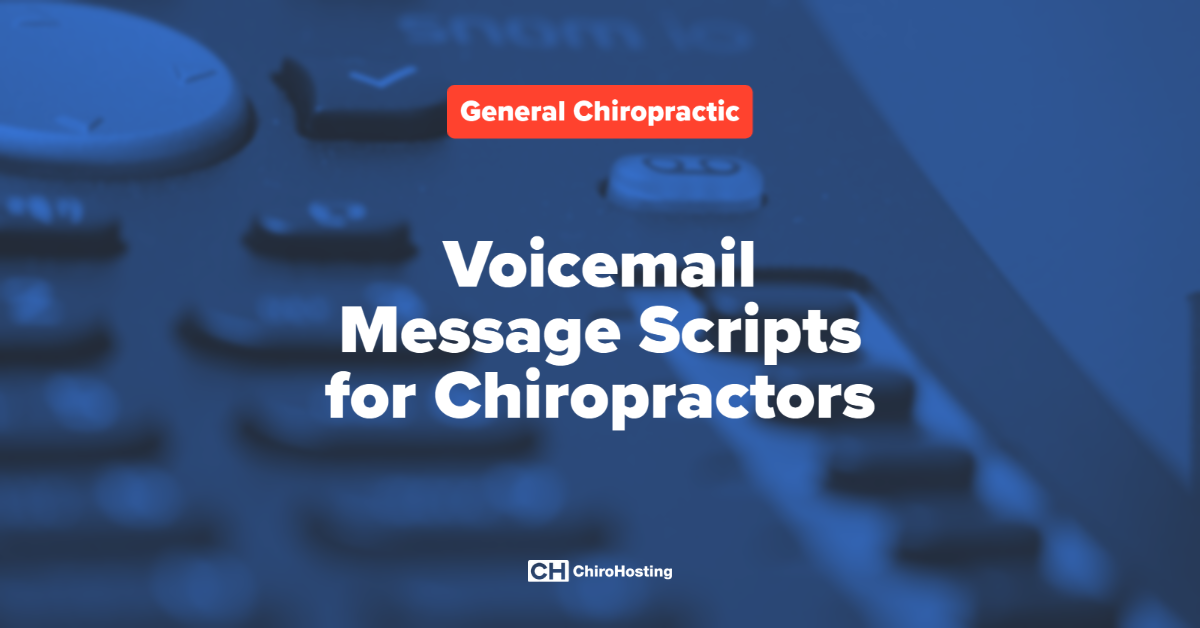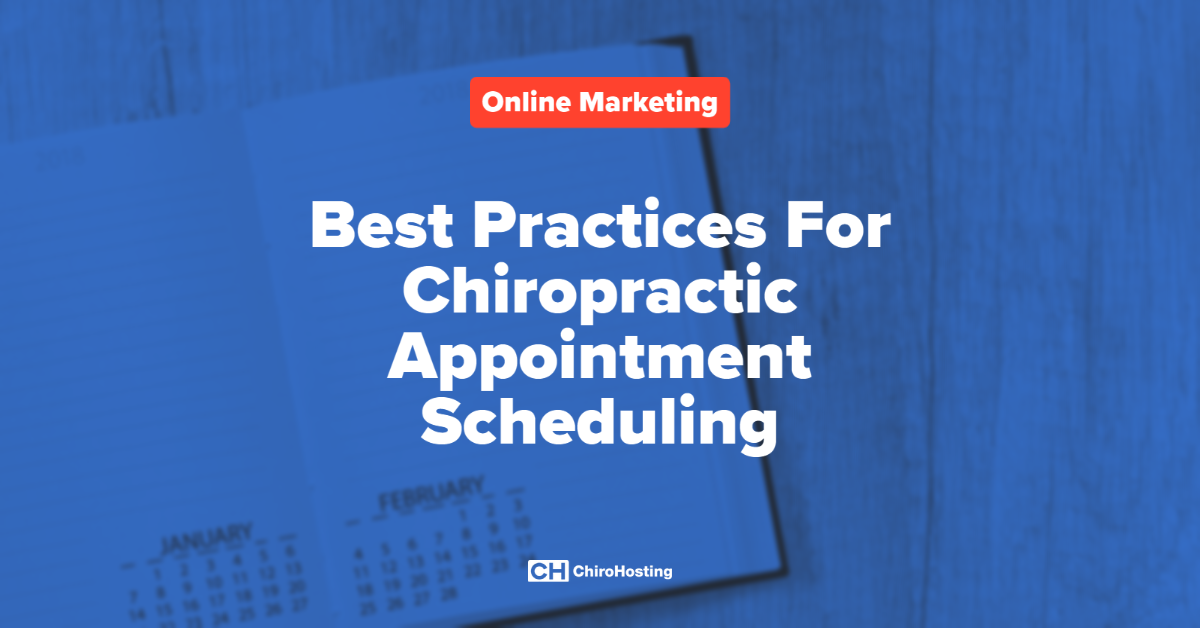
Let’s start with the definition of search engine optimization:
the process of maximizing the number of visitors to a particular website by ensuring that the site appears high on the list of results returned by a search engine
It’s important for your online marketing strategy that you also develop a strong SEO and keyword strategy that will complement your other marketing efforts. One way that you can optimize your site for search engines is to let them know what your site is all about. It’s your chance to use your words, your keywords most importantly.
Keywords are words that you deem important enough for your chiropractic practice that you’d like to optimize your website for these words so that when a potential patient is searching for one of these words the search engine will return your website high up in the results lists. For example, an obvious keyword you would want to rank for as a chiropractor is the keyword chiropractor.
Pick your keywords - short-tail and long-tail keywords
One of the first steps to establishing your chiropractic SEO strategy is to identify your target keywords. Let's take a minute to look at two types of keywords: short-tail and long-tail.
Short tail keywords
Short tail keywords tend to be shorter keywords or phrases that are no more than two words. Here are some examples:
- chiropractor
- chiropractic adjustment
- neck pain
- back pain
Chiropractic related short tail keywords are great keywords to use throughout your website, in your URLs, in your page titles, headers, and text. This way it’s obvious to the search engines and your website visitors that you’re a chiropractor who provides chiropractic care that treats a variety of symptoms.
Long-tail keywords
Long-tail keywords are longer, more specific, and get less search volume. You can think of long-tail keywords almost like phrases and questions. Here are some examples of long tail keywords:
- Best chiropractor in Olympia
- Is chiropractic care safe?
- How can I help fix my bad posture?
- Why does my lower back hurt
Long-tail keywords are great to write about on specific pages or to explore in-depth in a blog post. Although you might not get as much search volume from long-tail keywords, the traffic you do get tends to be higher converting according to a study by Wordstream they convert at:
36%
Whereas the top 10% of landing pages convert at 11.45%. So it’s totally worth investing in developing content around long-tail keywords.
You'll want to have a keyword strategy that focuses on both types of keywords. Do some keyword research to see what keywords you want to rank for and pursue. Then make a list of those keywords. You might want to start small, let's say keep it to 10 keywords or less to start with and pick a mix of long-tail and short-tail.
Optimize your website around your target keywords
After you've chosen your keywords, you'll want to map out how and where you'll use them on your website. Here are a few pointers for improving your website content:
- Don't keyword stuff, but it's still important to make sure your keywords are on your website pages and in your content, but you don't want to overdo it. You can be docked by search engines for keyword stuffing, which will hurt your rankings.
- Optimize your site structure. You can optimize your website structure to include your keywords in key places like URLs, page titles, title tags, meta descriptions, headers, image alt tags, and more. Make sure you're not missing any opportunities to include your keywords in these areas.
- Create an editorial calendar for the long-tail content. Your keyword list should have included a few long-tail keywords. These keywords are best suited for content like services pages, blog posts or pillar pages. Make an editorial calendar for your long-tail keywords to make sure you've got them covered in content on your website.
Set up Chiropractic SEO keyword tracking and reporting
Next, you'll want to set up SEO keyword tracking and reporting to help you gauge how you're performing for those keywords. If you're not ranking for some of them, then you might want to revisit your content strategy and website to include those keywords, and their synonyms, more frequently, but in a natural way.
Need help managing your chiropractic SEO strategy or setting up reporting? Give us a call at 1-800-295-3346.
















